Leveraging Artificial Intelligence to Optimize Grid Efficiency
Electric utilities face unprecedented challenges in managing grid operations amid growing energy demands, renewable integration, and consumer-driven disruptions. Artificial intelligence (AI) is emerging as a game-changer, offering utilities the ability to navigate these complexities with precision and efficiency.
AI and Machine Learning: The Smart Grid's Brain
AI-driven tools can revolutionize grid operations by improving forecasting accuracy for demand and renewable energy production. Machine learning algorithms, like those powering Oracle AI Smartgrid and Schneider Electric EcoStruxure Grid, enhance predictive capabilities for utilities by analyzing massive datasets in real time. These tools anticipate demand spikes, renewable intermittency, and unexpected disruptions, reducing the reliance on expensive fossil fuel backups and cutting ancillary service costs.
The Role of Grid-Edge Systems and Advanced Optical Sensors
Grid-Edge Systems with precise data gathering technologies including advanced optical sensors provide the granular, real-time data required for advanced AI systems. Unlike traditional sensors, these devices measure voltage, current, and phase with unmatched precision, enabling utilities to monitor and adjust grid performance dynamically. Grid-Edge Systems ability to integrate seamlessly with AI platforms and computationally execute at the grid edge ensures utilities can balance loads, prevent outages, and optimize energy flow efficiently.
Economic Benefits
The financial incentives for adopting AI and Grid-Edge Systems are compelling. Improved forecasting and operational adjustments lead to significant cost savings in fuel, grid maintenance, and disruption mitigation. Additionally, better grid management facilitates the integration of renewables, supporting sustainability goals and opening doors to government incentives and public trust.
Grid Automation: The Future Is Now
AI and Grid-Edge Systems together enable utilities to automate critical operations. Fault detection, load balancing, and predictive maintenance can now occur without human intervention, reducing operational risks and enhancing grid reliability. With AI's capacity for continuous learning, these systems only improve over time, ensuring utilities stay ahead in an ever-evolving energy landscape.
The transition to smarter grids isn’t just a technological upgrade; it’s a necessary evolution. Utilities that fail to embrace AI risk inefficiencies, higher costs, and falling behind competitors. Grid-Edge Systems with advanced optical sensors and AI are no longer optional—they’re the standard for grid resilience and efficiency.
The first step in automation is assessing your baseline and instrumenting your grid to effectively gather the fidelity and frequency of data you need. Meet with one of our experts to get started today.

